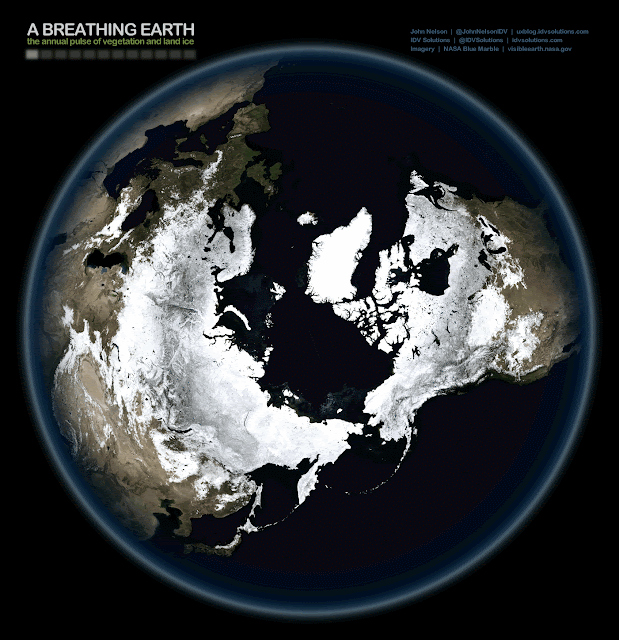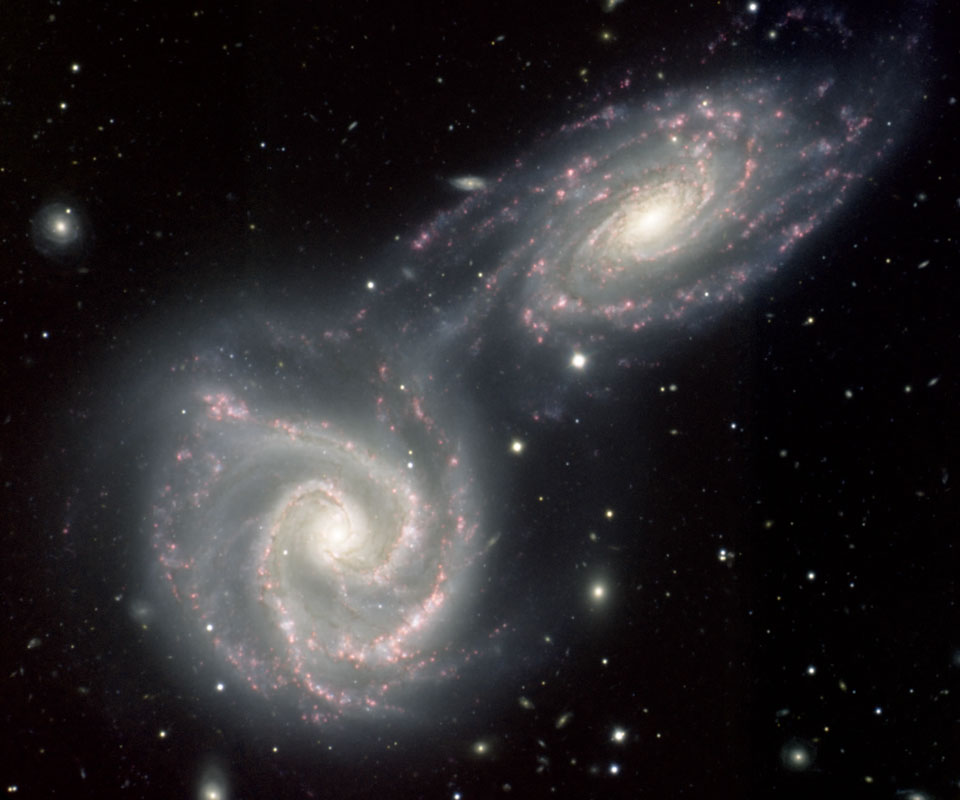Astronomers Find Ancient Star 'Methuselah' Which Appears To Be Older Than The Universe
Scientists have discovered an "impossible" star which appears to be older than the universe.
The mysterious star Methuselah appears to be between 14 and 15 billion years old - a bit of an issue considering the universe itself is known to have come into existence 13.8 billion years ago.
Oddly enough, Methuselah is even located inside our own galaxy - about 190 light years away.
And even after using new information about the star's distance from us, its brightness and its structure, scientists are unable to place an estimate of its age much below 14.5 billion years - still older than the universe.
Fortunately for the team from Pennsylvania State University and the Space Telescope Science Institute in Baltimore, there appears to be a margin of error of about 800 million years, or so - enough to just barely place the star below the age of everything else, if peace of mind is important to you.
Above: the current location of the star
Formally known as HD 140283, the star is the oldest object currently known to astronomers.
It was first discovered a century ago, moving more than 800,000 mph relative to our solar system.
The star is on a long and looping orbit around the galaxy, and is only briefly passing through Earth's neighbourhood on the western spiral arm.
In the study published in Astrophysical Journal Letters, astronomers said the star was born in a 'dwarf galaxy' which was swallowed by the Milky Way more than 12 billion years ago.
Using new measurements the team was able to refine its estimate of the star's position, and learn more about its structure.
The study suggests that further research might bring the age of the star down even further.














